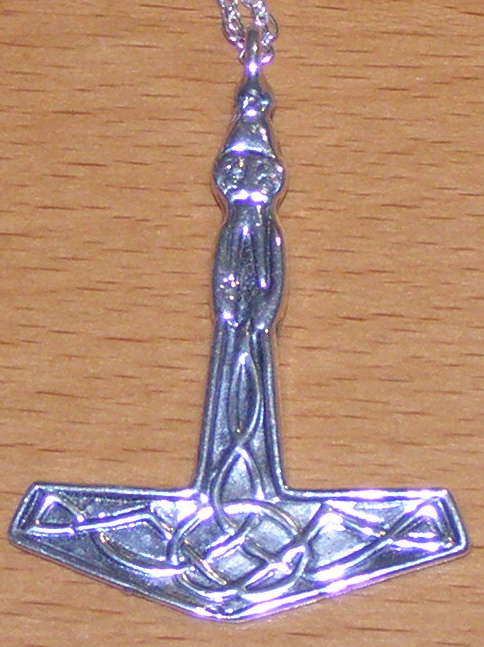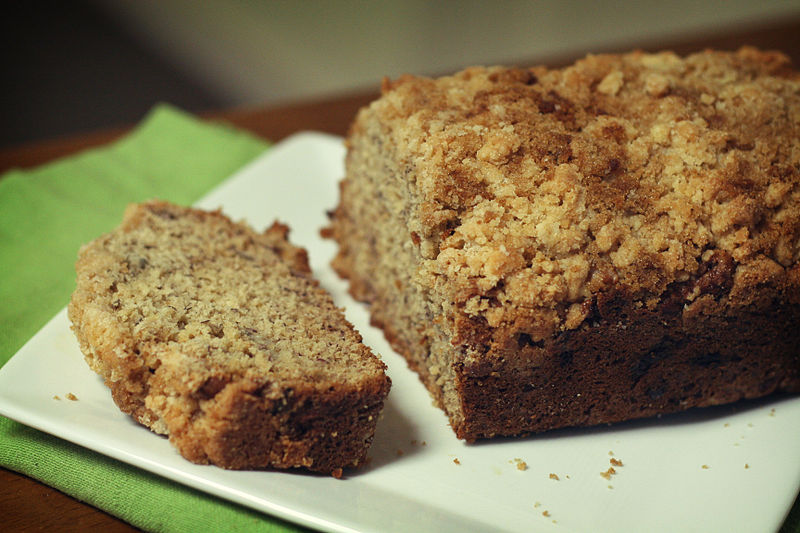People sometimes ask me what kind of music I listen to. I tend to be pretty eclectic, with tastes ranging from tribal drumming to Norwegian power metal covers of pop songs. However, for getting in touch with my ancestors I prefer folk music. A few of my favorite groups are …
read moreOther articles
Connecting to My Ancestors through Cooking, Building, and Making Mead
"Is this thing on? Is anybody listening?" These are questions I often ask my ancestors when sitting with a cup of tea, coffee or mead. Usually, I leave some for them, and some bread. Sometimes, this makes me feel a little strange: after all, shouldn't they be too busy doing …
read moreO du armes Zodawascherl!
A friend of mine asked if I could help clarify what was meant by a passage about Frau Perchta, and in particular, the name of one of the wee people that followed in her procession in a particular story. Of course, most of the versions of the story we could …
read moreSkyr, reloaded!

I have recently discovered that our local Whole Foods (at least the one at Gateway near the Arboretum) carries Siggi's Skyr, which is an Icelandic-style fresh cheese resembling some kinds of yogurt. Skyr is a staple in Iceland today, having been brought from Scandinavia during the migrations. Several sources allege …
read moreDonar
read more Here is a a picture of the Thor's Hammer pendant I found at the Austin Celtic Festival this past weekend. I suppose I should write more but at the moment its kind of busy around here :)You can click the image for a link to the gallery with a higher …
Here is a a picture of the Thor's Hammer pendant I found at the Austin Celtic Festival this past weekend. I suppose I should write more but at the moment its kind of busy around here :)You can click the image for a link to the gallery with a higher …of the Gods.
[i meant to post this yesterday when i wrote it but didn't get time]I am fire, the forge-spark burningAm air flowing, feeder of flamesAm earth moving, molding, liftingWater rushing, river of life.read moreI walk among the AncestorsTheir ways and wisdom, their worth my own.I …Dagens Folkkemusik (Folk Music du jour)
Today's selection is a particularly lovely performance by Garmarna at 1997's Melodifestivalen. This piece is a particularly exquisite example of the complexity of which this band is capable. l eventually set about figuring out what it means. Any translation errors are mine. Transcription errors may be mine, too. My aim …
read moreLeekroll
read moreThere once was a manga girl,Who leeks did rapidly twirl ,She spun all day,To Finnish lay,And mesmerized the whole world.Kom Helge Ande
Gjallarhorn recorded this folk song and psalm, in a sort of folk form reminiscent of both Chant and Stav. Their treatment reminds us that our world view and faith, as children of Europe, has not changed as much under the surface as some of our neighbors in this country would …
read more
